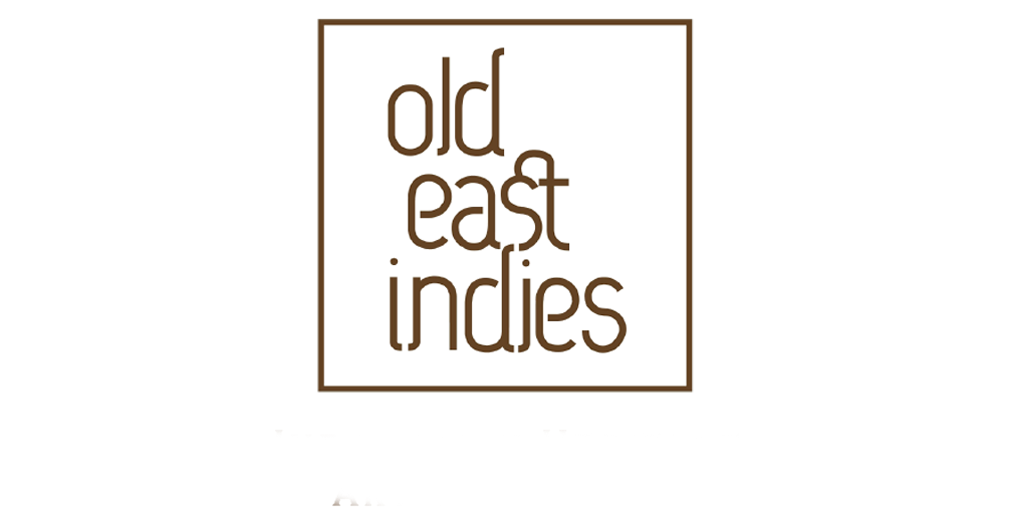Tiong Bahru ~ Moh Guan Terrace ~ Framed
In 1927, 70 acres of land were acquired by Singapore Improvement Trust (SIT) as a test case for public housing estate. This land was Tiong Bahru, a term translated from the Hokkien and Malay tongue as “tomb” and “new” respectively. The land was hilly and swampy, with ‘squatters of the pig-breeding and coolie types’. To build the first ever public housing estate of Singapore, the SIT had to remove cemeteries and displace some nearly 2000 squatters, while leveling the hilly terrain by cutting the hills nearly.
The first block of SIT flats, block 55, was ready in December 1936. Its 20 flat units of the total 28 flat units were occupied by 11 families then. It had adopted a similar typology to the shophouse where the ground floor consisted of shops with residential flats above. According to Tan Mok Lee, one of the first residents in the estate, the area was peaceful and had quite many empty flats, due to the costly monthly rent of $25 at that time.
Framed Mounted Art Print
- Size 42.6 by 33.6 cm.
- Real Wooden Frame and Glass
- Quality Recycled Art Paper
- Mounted with Thick Art Cardboard
- Description on the Back
Our framed art prints are printed on recycled uncoated speckled art paper and framed with eco-friendly wood.
In 1927, 70 acres of land were acquired by Singapore Improvement Trust (SIT) as a test case for public housing estate. This land was Tiong Bahru, a term translated from the Hokkien and Malay tongue as “tomb” and “new” respectively. The land was hilly and swampy, with ‘squatters of the pig-breeding and coolie types’. To build the first ever public housing estate of Singapore, the SIT had to remove cemeteries and displace some nearly 2000 squatters, while leveling the hilly terrain by cutting the hills nearly.
The first block of SIT flats, block 55, was ready in December 1936. Its 20 flat units of the total 28 flat units were occupied by 11 families then. It had adopted a similar typology to the shophouse where the ground floor consisted of shops with residential flats above. According to Tan Mok Lee, one of the first residents in the estate, the area was peaceful and had quite many empty flats, due to the costly monthly rent of $25 at that time.
Framed Mounted Art Print
- Size 42.6 by 33.6 cm.
- Real Wooden Frame and Glass
- Quality Recycled Art Paper
- Mounted with Thick Art Cardboard
- Description on the Back
Our framed art prints are printed on recycled uncoated speckled art paper and framed with eco-friendly wood.
In 1927, 70 acres of land were acquired by Singapore Improvement Trust (SIT) as a test case for public housing estate. This land was Tiong Bahru, a term translated from the Hokkien and Malay tongue as “tomb” and “new” respectively. The land was hilly and swampy, with ‘squatters of the pig-breeding and coolie types’. To build the first ever public housing estate of Singapore, the SIT had to remove cemeteries and displace some nearly 2000 squatters, while leveling the hilly terrain by cutting the hills nearly.
The first block of SIT flats, block 55, was ready in December 1936. Its 20 flat units of the total 28 flat units were occupied by 11 families then. It had adopted a similar typology to the shophouse where the ground floor consisted of shops with residential flats above. According to Tan Mok Lee, one of the first residents in the estate, the area was peaceful and had quite many empty flats, due to the costly monthly rent of $25 at that time.
Framed Mounted Art Print
- Size 42.6 by 33.6 cm.
- Real Wooden Frame and Glass
- Quality Recycled Art Paper
- Mounted with Thick Art Cardboard
- Description on the Back
Our framed art prints are printed on recycled uncoated speckled art paper and framed with eco-friendly wood.




